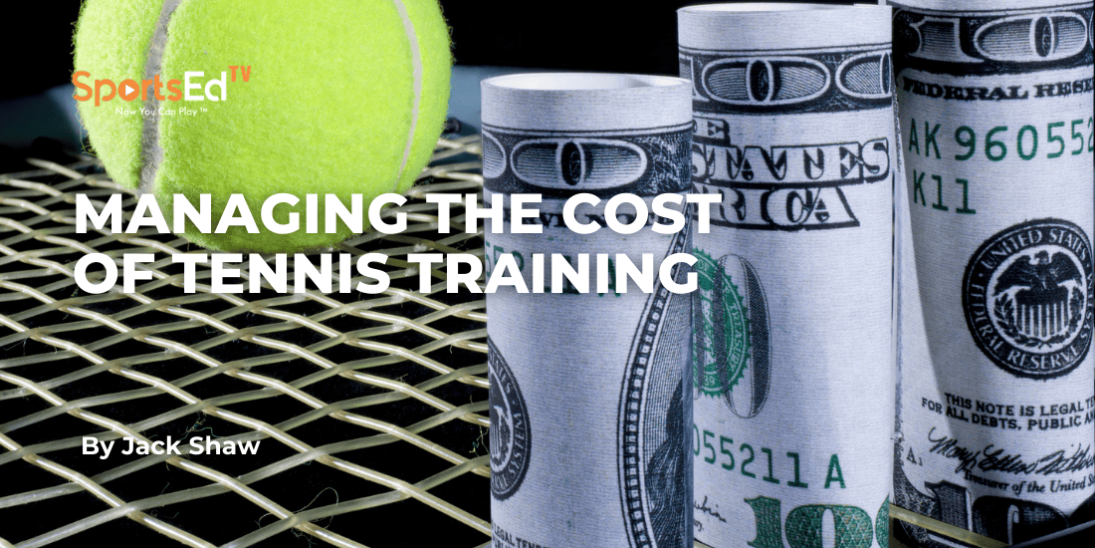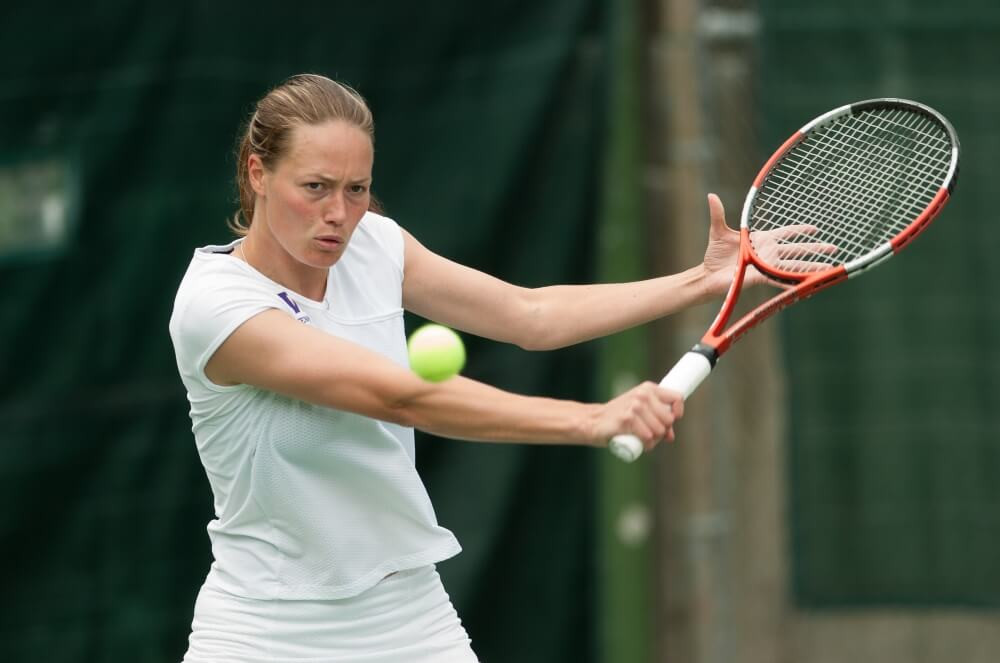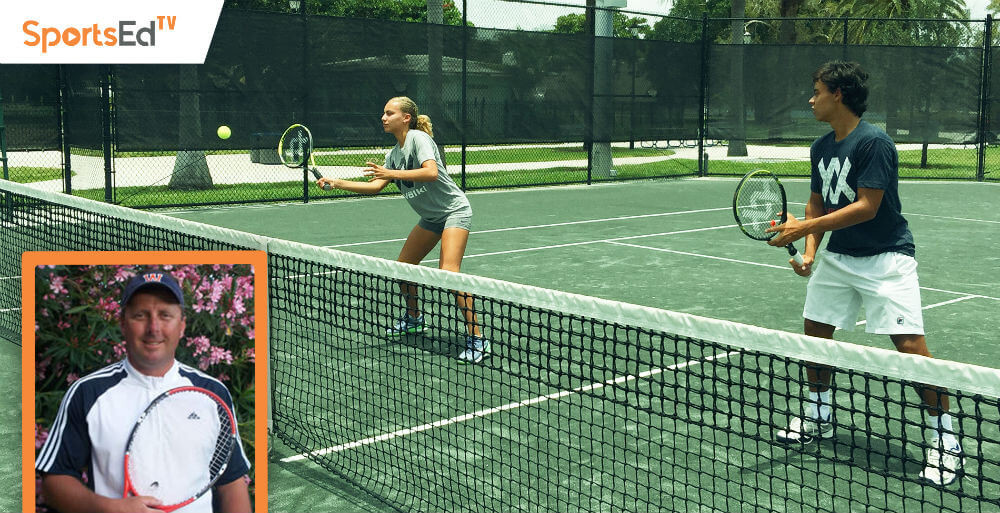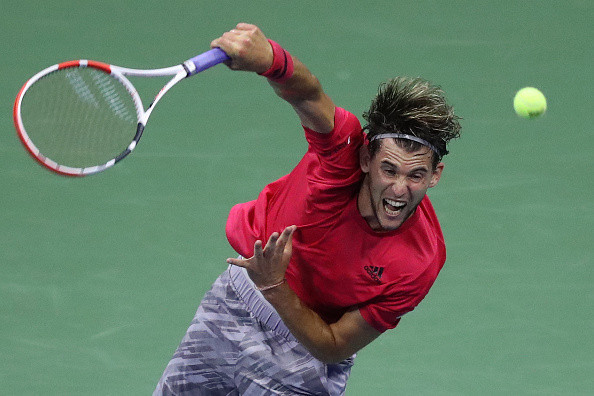Tennis
Welcome and thanks for visiting...

5 Deadly Mistakes Making You A Poor Competitor By Jeff Salzenstein, Former Top 100 ATP Player
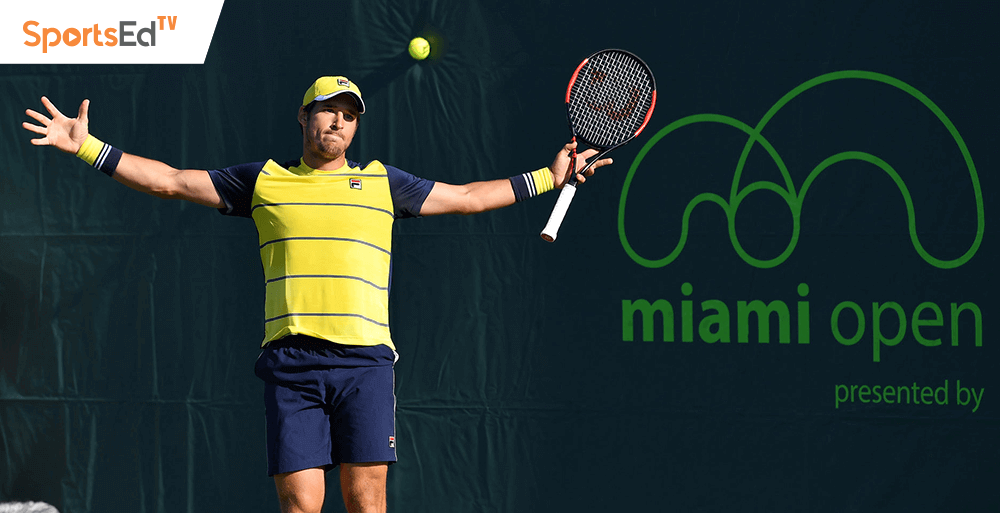
One of the biggest challenges in tennis is learning how to compete so that you can deliver your best performance and play up to your true potential. As a player and coach for 40 plus years, I have identified 5 Deadly Mistakes that players make on the court keeping them from competing at their highest level and causing them to lose matches they could be winning.
Mistake #1: Negative Self-Talk
Arguably the biggest deadly mistake players make is criticizing and judging themselves too harshly by using negative self-talk. Most of the time players are completely unaware of the level of negativity coming out of their mouths. Negative self-talk becomes a bad habit that sabotages performance. The key to solving this “weak competitor” habit is to become aware that the negative self-talk is happening in the first place.
Once a player knows they are using negative self-talk during a match, they can flip their words into positive affirmations. This positive self-talk strategy is a huge challenge for most players, but when practiced, it can transform a player into an amazing competitor. One simple tip to fix negative self-talk is to use positive “caveman” language. These are short, choppy phrases or one-word affirmations that help players feel more confident when competing. The next time you’re on the court, focus on saying “Yes!” or ‘I can do this” as much as possible and see how your competitive skills improve.
Mistake #2: Too Focused On Winning
Players are VERY competitive. I get it. Just about everyone who plays tennis wants to win…badly. Players wanting to win too much aren’t able to play up to their true potential, especially in pressure-packed moments. Nerves, tight play, and fear of losing and making too many errors rear their ugly heads and can overwhelm players. Even the best players in the world struggle with wanting to win too much.
Players must shift from wanting to win so badly to focusing on the process instead. One way to do that is to set intentions before the match and before points are played. For example, instead of focusing on doing whatever you can to win the point, set the intention to clear the net on every shot when you play. Commit to stop making unforced errors into the net at all costs. Another example of a process-focused intention is to commit to making the correct follow-through on every shot during a point.
When you want to win too much, you may stop finishing your swings which can cause a drop in the quality of your shotmaking. You can also set a “strategy” intention by telling yourself before a point to attack the opponent's weakness no matter what. Notice how these intentions have nothing to do with winning and are focused on creating process outcomes to help you stay in the moment and compete better in key moments.
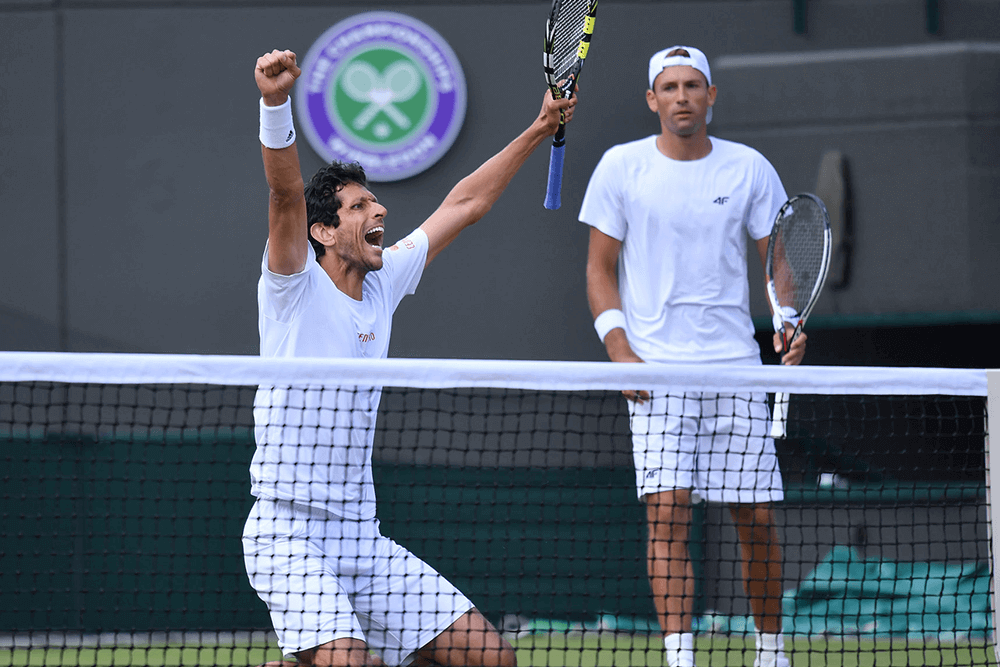
Mistake #3: Just Getting The Ball In
The problem with “just getting the ball in” during competitive situations is that this type of focus is too general and can lead to tentative, fear-based play. A brain is a goal-achieving machine so players must increase their awareness of where to hit the ball and choose specific targets to aim at. With clear, tangible targets, players can improve their chances of getting the ball to go to the desired location.
Specific and defined targets make all the difference for players and can help them to compete better. For example, you can imagine hitting through imaginary windows above the net. You can decide how high or low to hit the ball over the net depending on the size of the imaginary window created. The power of visualization by focusing on specific targets cannot be underestimated when it comes to becoming a better competitor.
Another way to get “target specific” is to visualize hitting targets on the opponent's side of the net because it gets you laser-focused on where to hit the ball when you are nervous. Simply having a target gets you focused on the task at hand and competing like a pro.
Mistake #4: Missing Too Early In The Point
There is a lot of emphasis placed on being consistent in tennis. While it’s important to be able to hit a lot of balls into the court, competing better in matches often comes down to one key focus that has nothing to do with hitting the ball 10 times in a row over the net. The reality is that most players miss too early in the point and don’t even get the chance to make 10 balls in a rally. Keep it simple by focusing on avoiding making errors on the first two balls of every point.
Yes, it's that simple. Most players double fault or miss their return of serve WAY too much. Even if the serve or return of serve is made, the first ball after the serve and return is missed too often as well. Making the first two shots on every point is essential to building a strong, consistent foundation, playing well point after point, and competing at a high level. Rather than focusing on hitting several balls in a row into the court, play points with a focus on making the serve, the return of the serve, AND the first ball after those two shots. When you improve the “make two shots” skill, watch your consistency and level of play soar to new heights.
Mistake #5: Focusing On The Contact Point.
Wait, what? Don’t focus on the contact point when you play. Believe it or not, yes. There’s a time and place to focus on the contact point (forehands and backhands) and to hit the ball more in front when playing points. The problem is that many players, especially those at the club level, stop their follow-throughs and finish their swings inefficiently. The racquet either stops just after contact or finishes across the body below the shoulder, resulting in poor timing, no extension and decreased control and power.
When players get nervous and feel pressure, the poor follow-through rears its ugly head. Don't fall victim to this deadly mistake, and focus on having a solid follow-through with great balance at the end of every shot so that you can become a better competitor overnight.
If you can avoid making these 5 Deadly Mistakes and focus on these tangible, real-life competitive solutions suggested in this article, you can have more fun on the courts, become a better competitor, and find that zone so that you can win more matches. Here’s to you being the best version of yourself on the courts!




